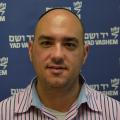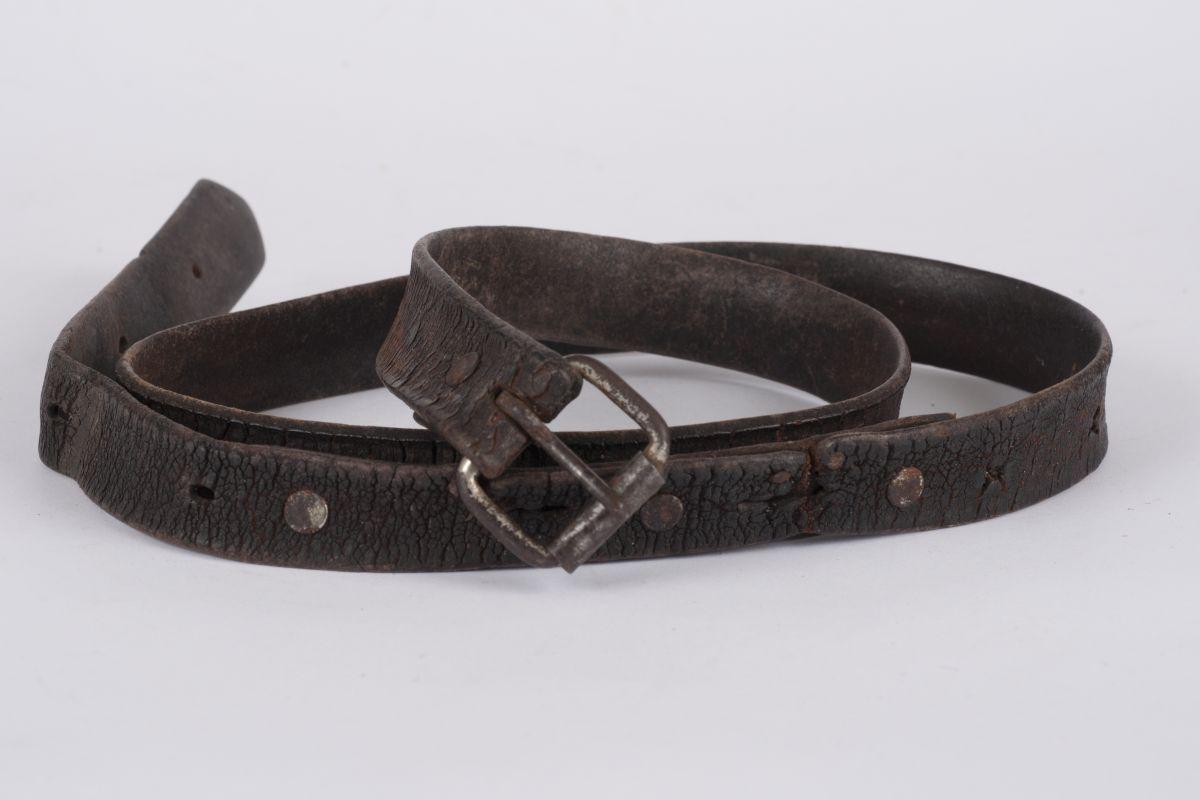
Yad Vashem Artifacts Collection

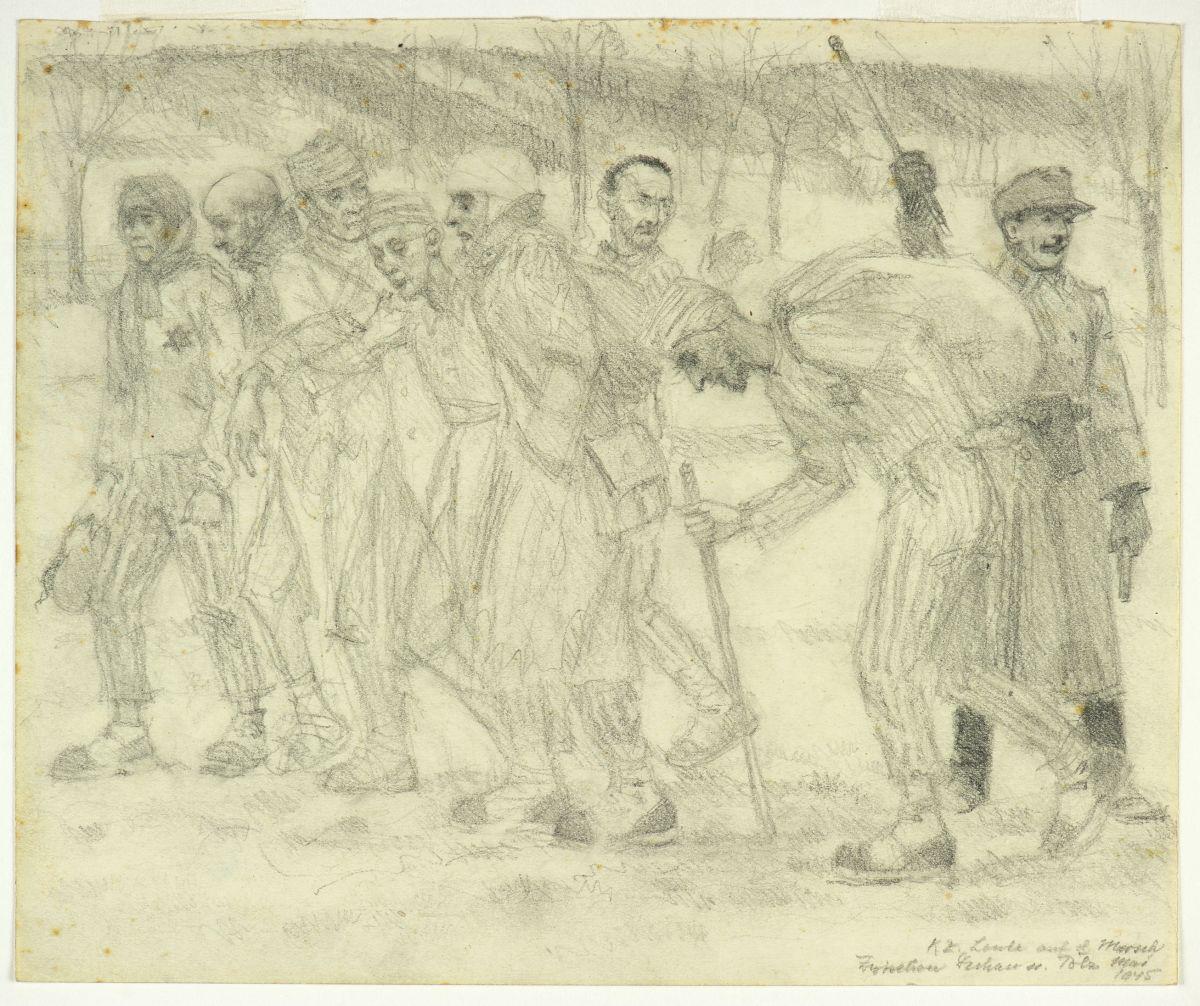
Yad Vashem Art Collection

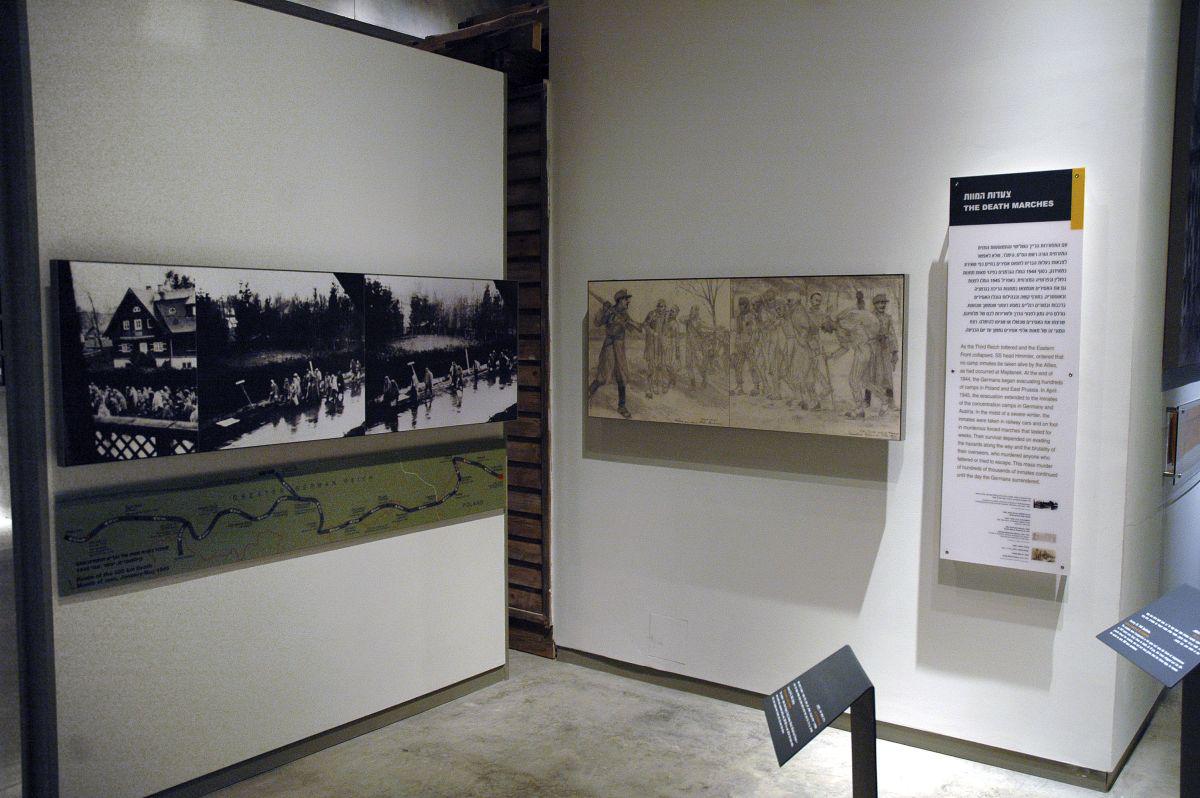
Yad Vashem

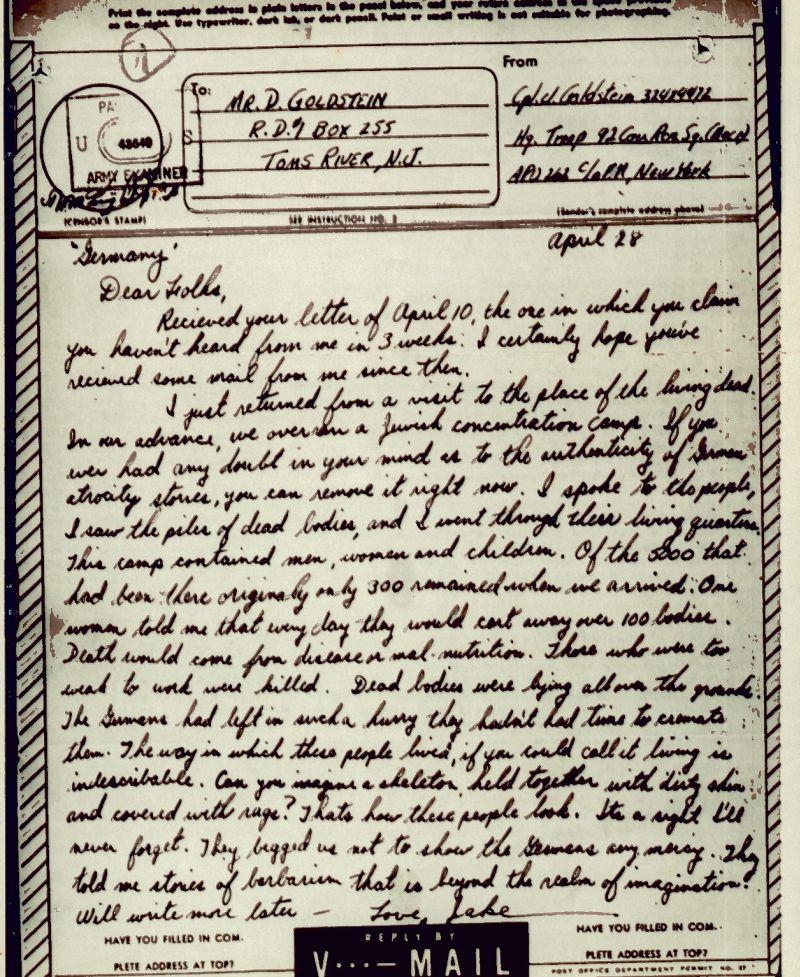
Yad Vashem Archives

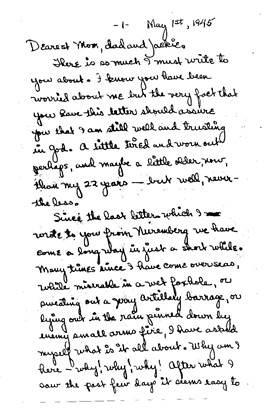
Yad Vashem Archives

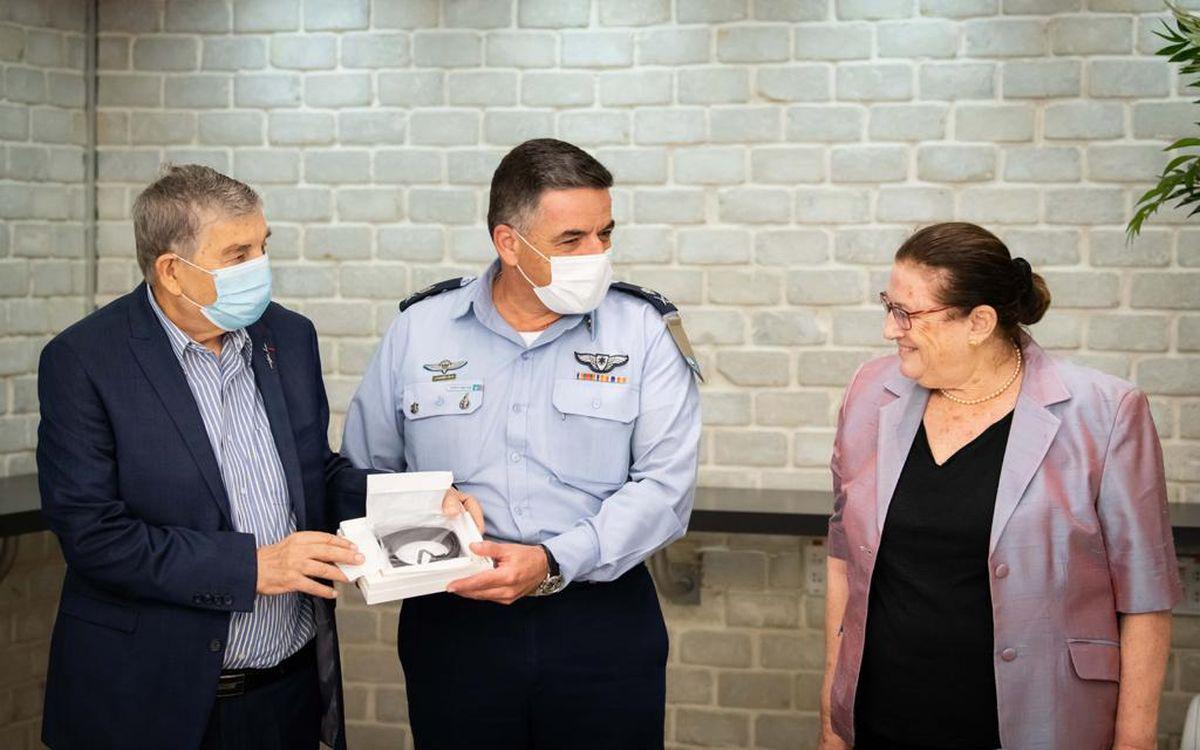
Israeli Air Force

Today, seventy-five years after the end of World War II, the Israeli Air Force, under the leadership of Maj. Gen. Amikam Norkin, participated in a joint commemorative flypast mission together with the German Air Force over the skies of the notorious Dachau concentration camp. The flypast is part of a larger joint exercise between the German and Israeli Air Forces.
The pilots of the Israeli Air Force have taken more than the memory of the six million Jewish men, women and children murdered during the Holocaust on this mission. Yad Vashem, the World Holocaust Remembrance Center, agreed to loan an original artifact from its collections to make this historic journey back to Germany. A belt once worn by Holocaust survivor and former Dachau prisoner Peisach Smilg, passed over the very place in which he was incarcerated, as his story comes full circle.
Peisach Smilg was born on 20 October 1896 to Eliezer and Sara Rivka Smilg in Kedany, Lithuania. An astute youngster, Peisach studied in cheder, a Jewish orthodox day school. He spoke several languages, including Hebrew, English, German, French, Russian and Lithuanian.
Prior to the First World War, Peisach's father Eliezer ran a family farm in Siauliai (Shavli), a major Jewish city in Lithuania. With the outbreak of the war, Peisach's plans to study pharmacy changed, and he began working on the farm. He proved to be a successful businessman, expanding the family's business by ordering better quality seeds from Germany. Later, he opened a small lemon-juicing factory. Nevertheless, the majority of Peisach's time was devoted to volunteering in community affairs. He was an active member and leader of the Maccabi youth movement in Shavli, as well as a member of the "Hapoel Hamizrachi" Zionist political movement.
In 1941, when the Germans invaded the country, Peisach, along with many of the Jews of Shavli, was relocated to the ghetto erected in the city. In July 1944, Peisach and his brother Jacob were deported to Stutthoff concentration camp and around a month later, on 18 August, they were transferred to Dachau. The only item Peisach had with him from his life before the war was a belt – which he managed to hold on to until liberation. At that point, Peisach and Jacob were the sole survivors of their extended family.
In 1948, Peisach and Jacob immigrated to the newly established State of Israel together their wives, Sarah and Paula. Peisach Smilg passed away in 1992. His daughter, Esther, donated her father's belt to Yad Vashem for posterity, in order that future generations might learn about her father's personal story and about the Holocaust.
Today marks 76 years since Peisach arrived at the gates of Dachau. His belt soared in the sky above Dachau as a symbol of the ultimate victory over the Nazis' attempt to annihilate the Jewish nation.
Ahead of this flypast, Esther Smilg and several other Holocaust survivors and second generation members met with Yad Vashem Chairman Avner Shalev and IAF Commander Norkin in Tel Aviv last week. Among them was Holocaust survivor and Dachau prisoner Abba Naor, who lit a torch at the State Opening Ceremony for Holocaust Remembrance Day in 2018. Col. (res.) Shaya Charsit and Aviva Plash – whose husband was a prisoner in Dachau and whose grandson is one of the pilots participating in the flypast over Dachau – briefly spoke about their experiences during the war.
In addition to Peisach Smilg's belt, Yad Vashem also provided the Israeli Air Force with a replica of Hellmut Bachrach-Barée's drawing, Death March – Dachau to Tölz. Created in May 1945, the artwork depicts several Jewish prisoners being led on a death march by a Nazi guard. Hellmut Bachrach-Barée was born in Munich in 1898 to Rosa and Emanuel. With the ascent of the Nazis to power, both Hellmut and his father were barred from working as artists. In November 1944, Hellmut was arrested in Munich, and deported to two sub-camps of the Buchenwald concentration camp at Stassfurt. With the liquidation of the camps in early April 1945, he was sent to Buchenwald, where he joined the death march of some 4,500 prisoners to Dachau. In May, the prisoners arrived at Bad Tölz. Following the Allied victory, he was liberated and returned to Munich. Throughout the death marches, he recorded his experiences in drawings, including the one being taken on the flypast. After the war, he settled in the Munich region and continued to draw, concentrating mainly on horses, landscapes and portraits. He died in Munich in 1969.
This work was chosen not only for its connection to Dachau, but also because of Hellmut's association with Munich. In addition to flying over Dachau, the IAF flew above the Fürstenfeldbruck Airport near Munich, where nine Israeli athletes were brutally massacred by Palestinian terrorists during the 1972 Summer Olympic Games. Two other members of the Israeli Olympic team were murdered in the Olympic village on 5-6 September 1972.
Among many copies of artifacts related to Dachau also taken by the IAF team, Yad Vashem has included copies of two original letters sent by Jewish-American officers who liberated Dachau. In one, written on 28 April 1945, Corp. Jacob Goldstein tells his parents: "I just returned from a visit to the place of the living dead… If you ever had any doubt in your mind of the authenticity of German atrocity stories, you can remove it right now. I spoke to the people, I saw the piles of dead bodies, and I went through their living quarters… Dead bodies were laying all over the ground. The Germans had left in such a hurry they hadn't had time to cremate them. The way in which these people lived, if you could call it living, is indescribable."
Sammy Popush also wrote to his parents on 1 May 1945: "Three days ago we freed a German concentration camp, the second largest in all of rotten Germany, at Dachau, just outside of Munich. At one point there were 150,000 prisoners here… Now there are barely 13,000 left... Three were young children and women and men who had been lined up and machine-gunned to death by the SS just a few days previously... A Jewish man came up to me and asked me if it were true that there were Jewish soldiers in the American army. When I told him that I was a Jewish unterofficizier he nearly went mad. Soon I had about 50 Jewish men and women around me, hugging and kissing me. They were starved also for das yiddisher giest and I wanted so much to make them happy. I sang some chazaonish shticklach for them and also a Yiddishe Mame."
These letters are included in After So Much Pain and Anguish – First Letters after Liberation, an anthology edited by Yad Vashem Senior Historian Dr. Robert Rozett and Director of Yad Vashem's International Institute for Holocaust Research Dr. Iael Nidam-Orvietto, and published by Yad Vashem.
The stories of Peisach Smilg, Hellmut Bachrach-Barée, Jacob Goldstein and Sammy Popush as well as the tens of millions of letters, documents, photographs, artifacts and artworks housed on the Mount of Remembrance serve as everlasting witnesses to the horrors of the Holocaust. Even as Holocaust denial and distortion continue to plague our global society both in the physical and digital worlds, Yad Vashem's mission is unchanged – to ensure that the Holocaust is never relegated to the annals of history, and continues to remain relevant to us today and for generations to come.
As part of the "Memory for the Future" flypast over the skies of Dachau and Munich, representatives of the Israel Air Force and German Air Force participated in a memorial service at the Dachau concentration camp in Germany. The ceremony will be viewable on YouTube.




